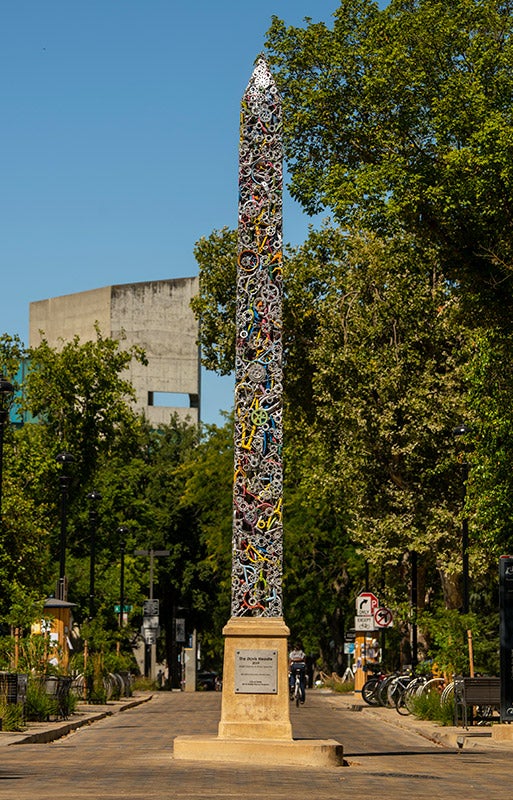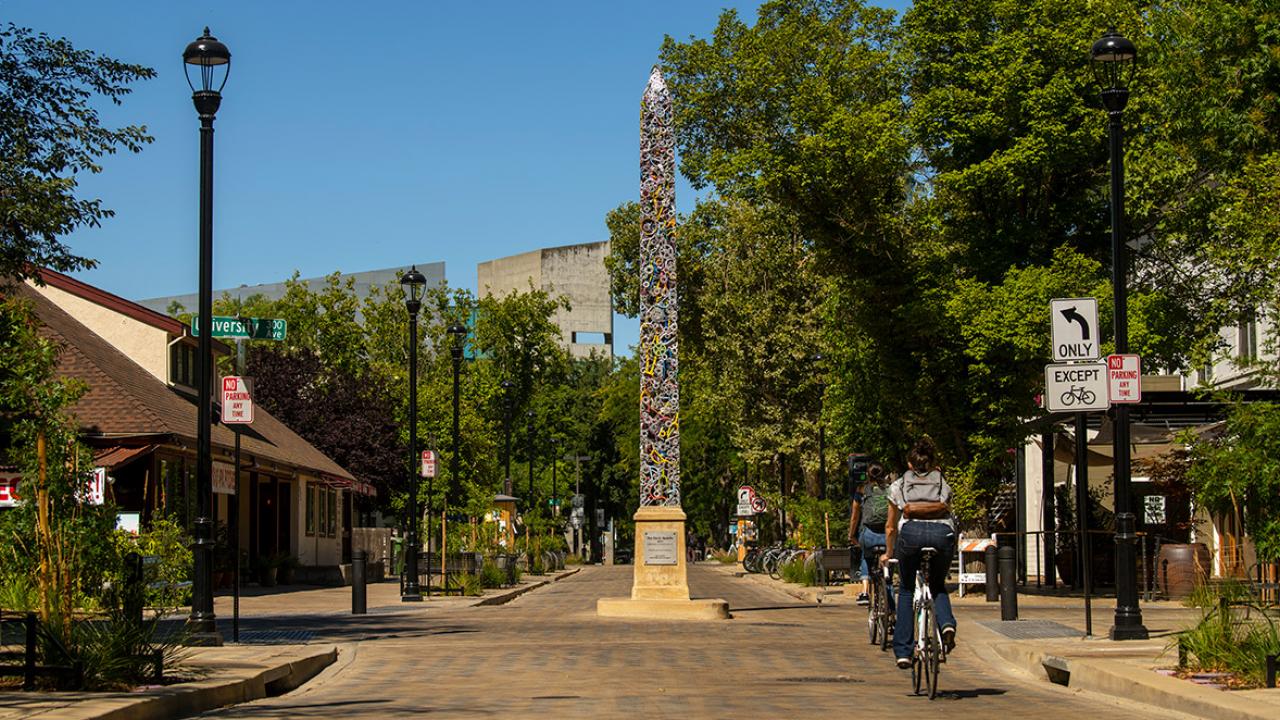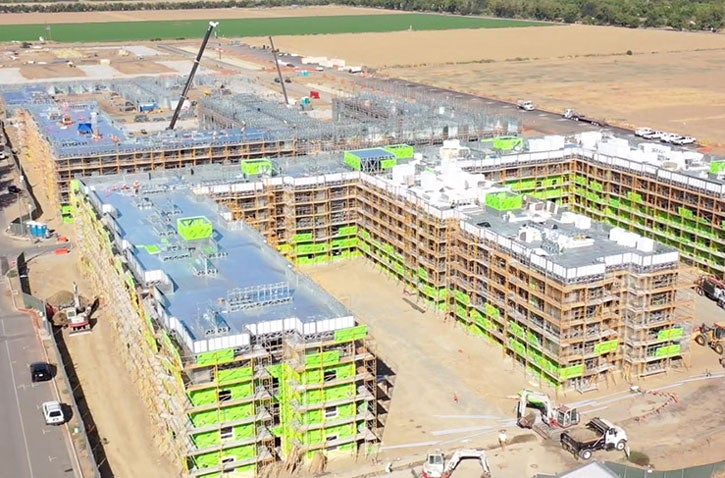Quick Summary
- Chancellor May and his city and county counterparts recount their collaborative efforts of the last year
- At a town hall last week, the leaders reported on progress on housing, transportation and other issues
- Cooperation extends to students’ basic needs in the areas of food security and mental health
This commentary by Chancellor Gary S. May, Davis Mayor Brett Lee and Yolo County Board of Supervisors Chair Don Saylor appeared in the Oct. 20 edition of The Davis Enterprise.
A little over a year ago, the three of us weren’t sure how we could overcome perceived and real barriers to better collaboration. We had been through many discussions, and some thought we couldn’t overcome politics of the past. But one thing we all agreed on was that our communities had serious housing needs that our respective entities could solve. We put that need up front and knew we could move forward together.
Since we signed the memorandum of understanding, or MOU, in September 2018, we’ve made significant progress on major commitments to housing and other needs. We agreed to hold an annual town hall meeting to share successes, upcoming needs and consider other collaborations. We held our first town hall at UC Davis’ Genome and Biomedical Sciences Facility last Thursday (Oct. 17), and we’d like to tell you a little about the progress we shared in that forum.
Continuous communication
Our “2-by-2-by-2” committee, made up of two representatives each from UC Davis, Yolo County and the city of Davis, has been meeting on a regular basis to continue communicating, reinforcing our partnership and discussing next steps on the projects outlined in the MOU.
SEE THE GREEN FROM ABOVE
We celebrated the groundbreaking of The Green at West Village, on the UC Davis campus, which will have 1,000 beds available in 2020, and a total of 3,300 beds when completed. It’ll sit on 34 acres, comprise nine four-story buildings, and include a 10,000-square-foot community building with a fitness center, multipurpose room and student support services. Like other buildings in West Village, it has a goal of 100 percent zero-net energy use on an annual basis. It is the largest public-private student-housing construction project in the United States.
In the city of Davis, there are multiple housing developments moving forward, including student housing. These include Davis Live on Russell Boulevard, a seven-story building that will include 71 units with 440 beds; the Sterling 5th Street Apartments, 198 units with 611 beds, including 38 units of affordable family housing; Lincoln 40, a student-oriented residential infill project proposed for East Olive Drive with 130 rental units with two to five bedrooms each; and the Nishi project along Interstate 80, with up to 700 student apartments and a total of 2,200 beds.
Gateway to partnership

In May we celebrated the new gateway area between the university and the city on Third Street, between A and B streets. This improved gateway provides bicyclists and pedestrians with more room. The project also features new lighting, bike racks, benches and information kiosks. In addition, crews moved power lines underground and upgraded the storm-water drainage system. Of course, the Davis Needle sculpture, made from salvaged bicycle parts, is a truly unique way that we can appreciate our partnership every day.
As part of the MOU, we are continuing to work together on several shared transportation projects, including traffic improvements on the Russell Boulevard Corridor, County Road 98 and the Richards/Interstate 80 interchange. We’re discussing how we can continue to improve bicycle and pedestrian traffic through a joint alternative transportation plan. For instance, UC Davis and the city of Davis completed a shared design for the Russell Boulevard bike path west of Highway 113. This improvement project could be constructed during the summer of 2020.
We are also collaborating effectively on planning regional solutions to I-80 congestion over the Yolo Bypass and the launch of a new electric bus shuttle between UC Davis, downtown Sacramento and the UC Davis Health campus in Sacramento.
In good times and in bad
Yolo County and UC Davis continue to strengthen partnerships to address the basic needs of UC Davis students, including food security and mental health care. We are proud that through this partnership, UC Davis is the first UC campus to have a county eligibility worker on campus five days a week to help eligible students enroll in CalFresh. In the past year, Yolo County opened a Health and Human Services office in Davis to better support students and residents in the city of Davis to sign up for services such as CalFresh, MediCal, WIC (Women, Infants and Children) and CalWORKs. Homeless navigation services and mental health screenings are also offered at this location.
Beyond housing and infrastructure improvements, we’re proud that the community continues to come together in both good and difficult times. The memorial service at UC Davis for Davis Police Department officer Natalie Corona brought more than 7,000 law enforcement officers and others from across the country to commemorate the life of this impressive young woman.
We recognize that there’s more to be done together. As we outlined in last week's town hall, we have entered a new era together, one that focuses on our commitment to a stronger community for all. We have more conversations ahead of us. We will continue to keep communication lines open.

